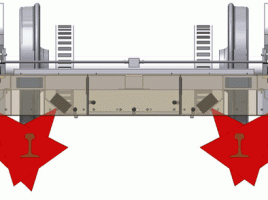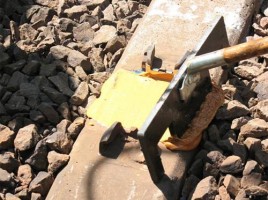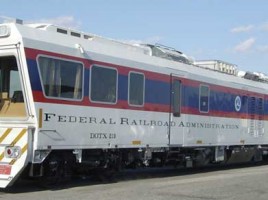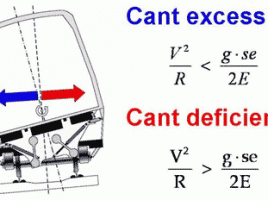
WRI 2015 — Heavy Haul Part 1: Interface Management From Micro to Macro
By Jeff Tuzik (Continue to Part 2) Proper management of the wheel/rail interface is a daunting process. It involves elements of design and planning, automated and manned inspection, corrective and preventive maintenance and data management, to name only a few. Managing the systemic health of a railroad means understanding processes that range from the …





